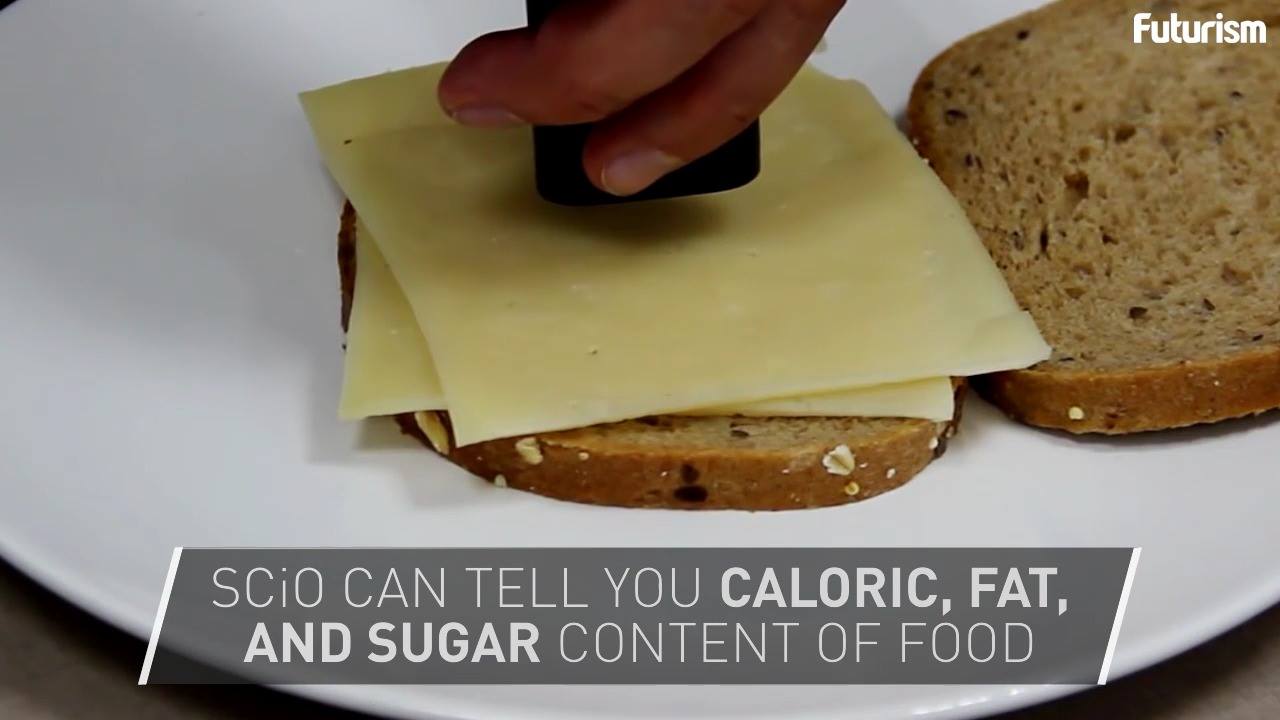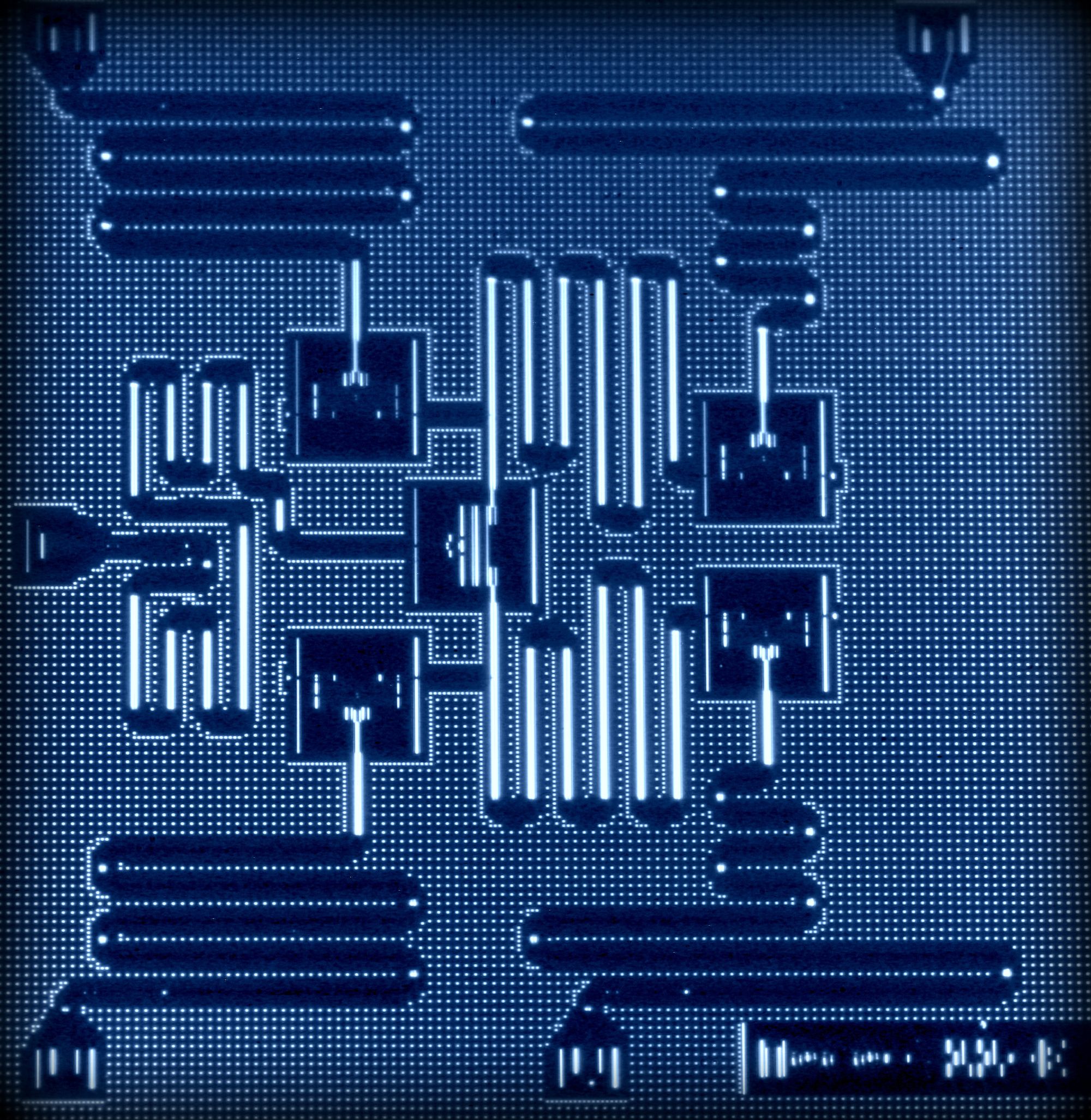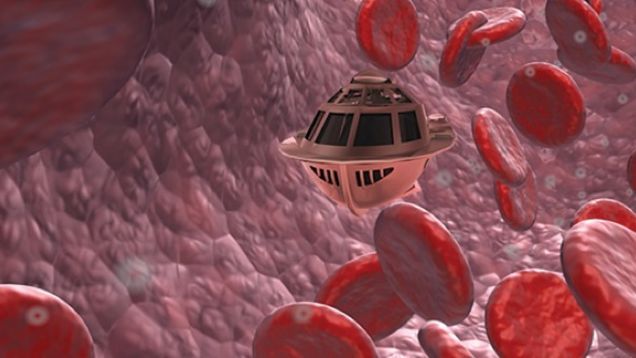Page 11480
May 4, 2016
IBM just added the first-ever quantum computing service to the internet
Posted by Shailesh Prasad in categories: computing, internet, quantum physics
May 4, 2016
It’s Official: Japan Now has More Electric Car Charging Spots than Gas Stations*
Posted by Shailesh Prasad in category: transportation
One of the first countries in the world to embrace modern electric cars, Japan has long been considered something of a shining example on how electric car rapid charging infrastructure should be implemented.
May 3, 2016
IBM Inches Ahead of Google in Race for Quantum Computing Power
Posted by Klaus Baldauf in categories: computing, quantum physics
IBM believes it can demonstrate an experimental chip that will prove the power of quantum computers in just a few years.

This biotech company just got approval to try and bring clinically dead patients back to life.
http://www.telegraph.co.uk/science/2016/05/03/dead-could-be-…g-project/
Can we revive the dead?
May 3, 2016
A Computer Was Programmed to Write a Novel, This Is What It Wrote
Posted by Sean Cusack in categories: computing, robotics/AI
I had thought my job was safe from automation—a computer couldn’t possibly replicate the complex creativity of human language in writing or piece together a coherent story. I may have been wrong. Authors beware, because an AI-written novel just made it past the first round of screening for a national literary prize in Japan.
The novel this program co-authored is titled, The Day A Computer Writes A Novel. It was entered into a writing contest for the Hoshi Shinichi Literary Award. The contest has been open to non-human applicants in years prior, however, this was the first year the award committee received submissions from an AI. Out of the 1,450 submissions, 11 were at least partially written by a program.
Here’s a except from the novel to give you an idea as to what human contestants were up against:
Continue reading “A Computer Was Programmed to Write a Novel, This Is What It Wrote” »
May 3, 2016
The recently created World’s tiniest engine can enter living cells
Posted by Karen Hurst in categories: entertainment, neuroscience
No longer in the movies.
Specific regions of the brain are specialized in recognizing bodies of animals and human beings. By measuring the electrical activity per cell, scientists from KU Leuven, Belgium, and the University of Glasgow have shown that the individual brain cells in these areas do different things. Their response to specific contours or body shapes is very selective.
Facial recognition has already been the subject of much research. But what happens when we cannot recognize an animal or a human being on the basis of a face, but only have other body parts to go on? The mechanism behind this recognition process is uncharted territory for neuroscientists, says Professor Rufin Vogels of the KU Leuven Laboratory for Neuro- and Psychophysiology.
Continue reading “The recently created World’s tiniest engine can enter living cells” »
May 3, 2016
Intermediates in a chemical reaction photographed ‘red-handed’
Posted by Karen Hurst in category: futurism
For the first time, researchers have imaged and identified the bond configuration of the intermediates in a complex sequence of chemical transformations of enediyne molecules on a silver surface and has resolved the microscopic mechanisms that account for their behavior.
















